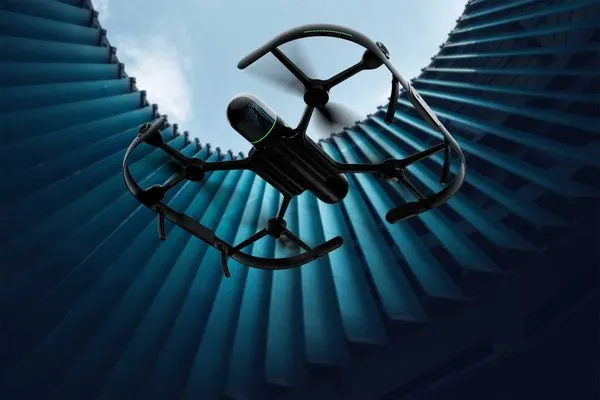
Pilatus
Digitalising aerospace manufacturing with low-code
Building innovative products with C++

Leica Geosystems is part of Hexagon, a global leader in sensors, software, and autonomous solutions in precision measurement instrumentation for construction surveying, geodesy, aerial photography, and photogrammetry. At Consulteer, we are pleased to contribute to the development of revolutionary devices such as the Leica BLK ARC, Leica BLK2GO and Leica BLK2FLY - a range of highly innovative laser scanners.

Is C++ outdated? Quite clearly: No. Because in the world of powerful and mobile solutions, hardware and software components must interact seamlessly in order to offer powerful and mobile solutions.
The C++ programming language has proven itself particularly well in this area of application and was used for the embedded software of these devices.

The focus is on the BLK ARC, a robotic laser scanning module. Combined with robotic carriers, it enables autonomous, mobile laser scanning with minimal human interaction. Users can create a scan path and let BLK ARC perform the scan autonomously.

The BLK2GO is a handheld imaging laser scanner that builds a 3D digital duplicate of an area as you walk through it. It's the quickest and most convenient way to scan a large structure, building or complex environment.
The mobile scanner can be controlled with just one button. Once the user turns it on, the BLK2GO will capture millions of precise measurements to generate a 3D model of the space around you.

The BLK2FLY is an autonomous flying laser scanner with excellent obstacle avoidance that allows for effortless reality capture from the air. While flying, it collects the exteriors of buildings, objects and settings to produce 3D point clouds.
The BLK2FLY is simple to use. Users can put the BLK2FLY aloft with a few simple touches on a tablet to independently scan building exteriors and features, such as hard-to-reach locations like roofs and facades.
C++ remains an indispensable building block for modern systems that require seamless integration of software and hardware. C++ offers a number of key advantages that are of great importance in the context of laser scanning technology:
High Performance and Efficiency: C++ excels at high performance, enabling the development of laser scanners that meet the most stringent requirements for speed, precision, and computational power. Direct compilation to machine code enables optimal resource utilization.
Seamless integration: The close connection of C++ to hardware facilitates the seamless integration of software and device components. This is critical for the development of laser scanning devices that require the highest precision and reliability.
Flexibility for a wide range of applications: C++ enables the development of customized solutions for various application scenarios in the laser scanning world. Whether it's robotic modules or hand-held scanners, C++ enables customization to meet the specific requirements of each device.
Efficient resource utilization: C++ enables precise control of resource utilization to optimize device performance and minimize bottlenecks.

Expertise